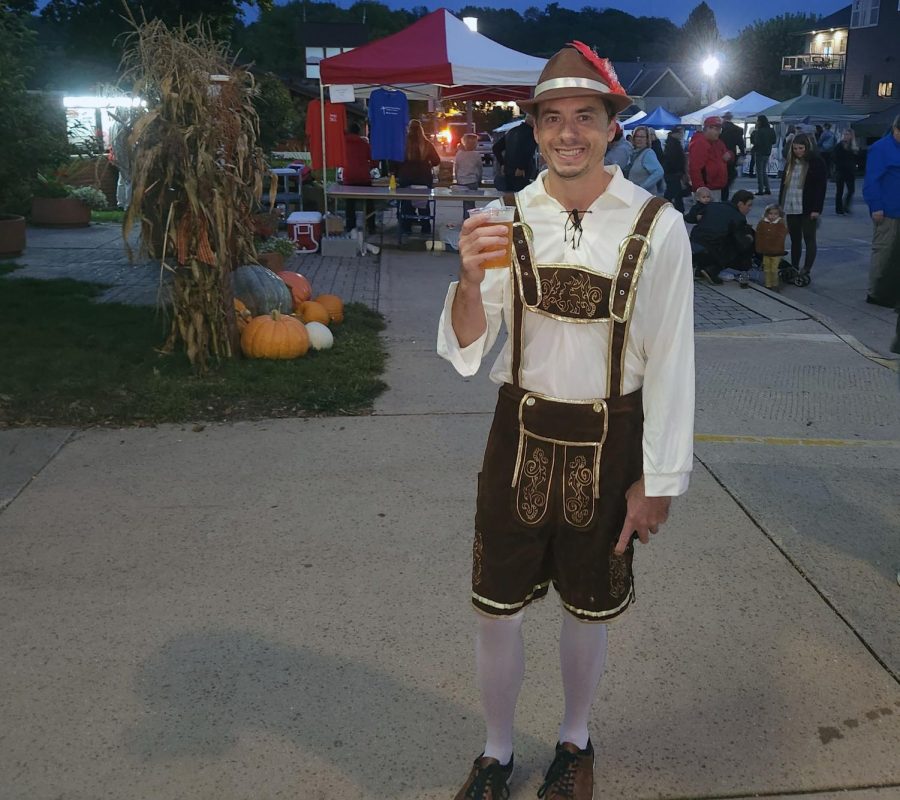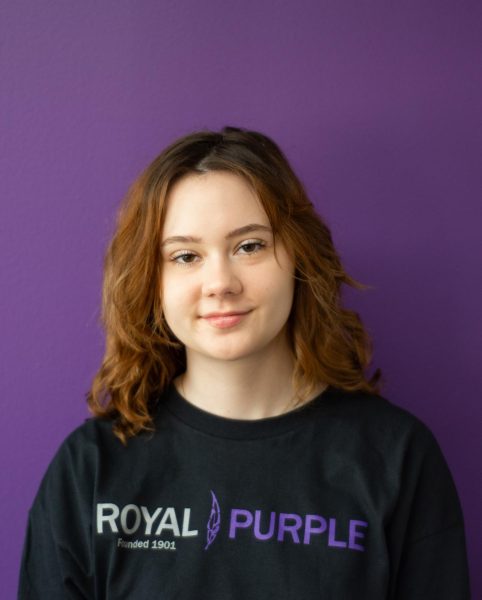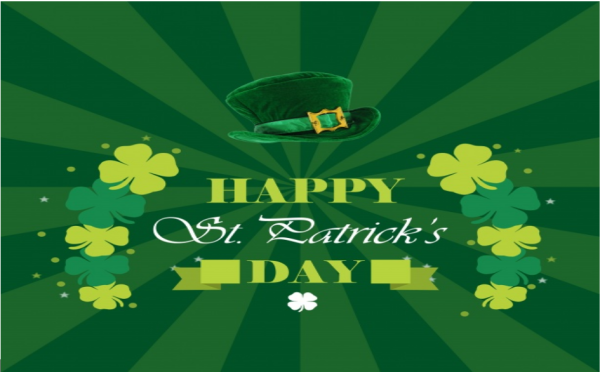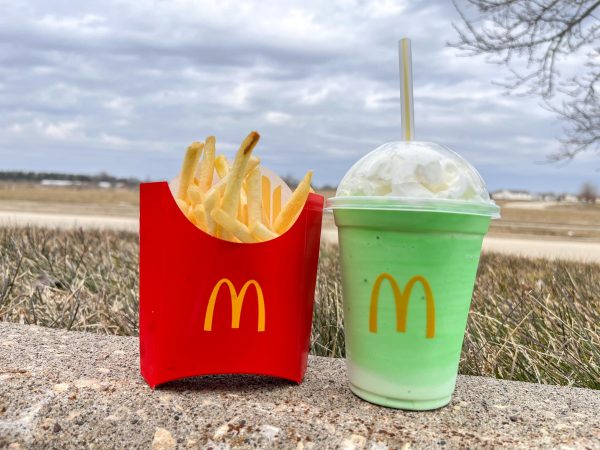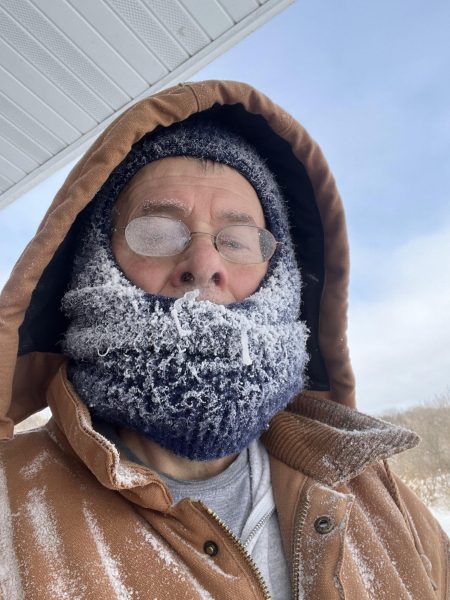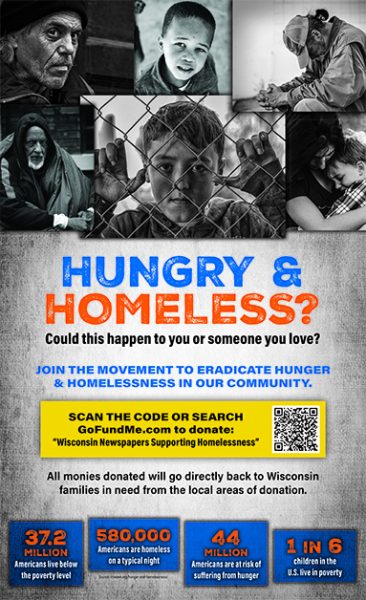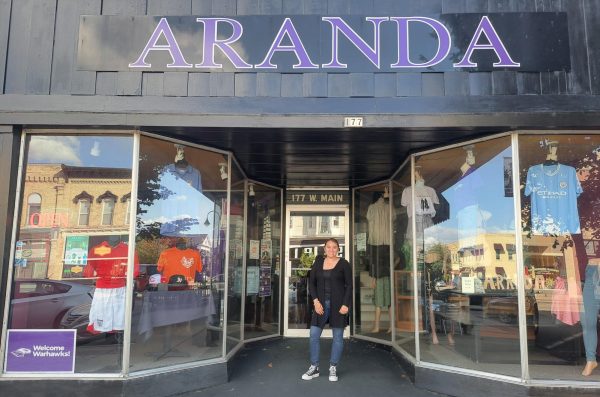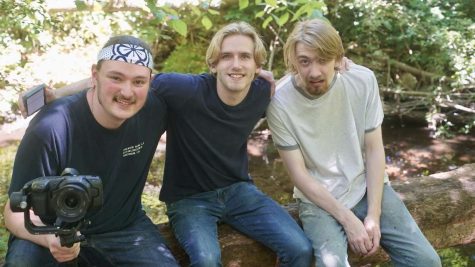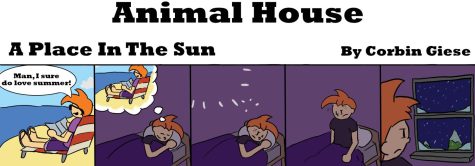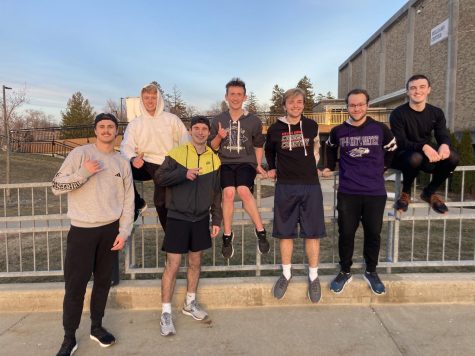The world of Oktoberfest fashion
While visiting the United States, German citizen Leon Wagner enjoys his time socializing at Oktoberfest in New Glarus, Wisconsin.
September 25, 2022
Oktoberfest is known for beer, cheese, partying, and yes even it’s fashion. What people wear to the festivals starting this week are instantly recognizable as belonging to Oktoberfest and German culture in general. So, what makes it so iconic, and how can you get involved?
First let’s start with a short history lesson. The origin of Oktoberfest is due to the celebration of the marriage between a prince and princess way back in 1810 that has continued the spread of German culture ever since – and especially in Wisconsin where many German Americans have settled. Lederhosen and dirndl are the traditional garments worn by event goers. They both were considered peasant attire and were used for their functionality, and they were both present at the first Oktoberfest.
Lederhosen are leather pants, originally made with the intention of being suitable for the working class. The upper class took a liking to them as they began wearing them for hunting and horseback riding. Eventually, all of Germany was wearing lederhosen. Levi Strauss’s invention of jeans, however, rendered the pants unnecessary to workers, and new fashion trends led the upper class away from them as well. The garment then became seen as a costume rather than everyday clothing, and since 1887 lederhosen has been the official Oktoberfest attire.
The dirndl is less recognizable in name, but it is commonly seen wherever lederhosen is welcome. The garment is a traditional dress that is comprised of a blouse, bodice, skirt, and apron. Dirndl has a similar history to lederhosen in that they were both made for the working class, adopted by the upper class, and finally retired to being used for Oktoberfest. While lederhosen are virtually the same as they have always been, dirndl has gone through changes in fabric and skirt length. The tie of the apron is sometimes used as an indicator of the wearer’s relationship status, with a tie on the right meaning taken and on the left, single.
Do you want to get into festive wear, but don’t have all the clothes needed or aren’t ready to fully commit? That’s okay! Men can just wear the classic Alpine hat or pop a feather in a fedora for the similar look. Throw on some suspenders and you’re there.
For women there are lots of Bavarian hairstyles that will do the trick. Oktoberfest hair can be summed up with one word: braids. Two simple braids tied at the ends with ribbon is easy and doable. You could also take those two braids and wrap them at the top of your head like a halo, pinning them in place to create a headband effect. If you’re feeling up to a challenge, you can French braid a crown all the way around your head.
Fashion is an easy and fun way for anyone of any age to get involved with Oktoberfest. You don’t need to take a trip to Germany, just head over to the local beer garden.


